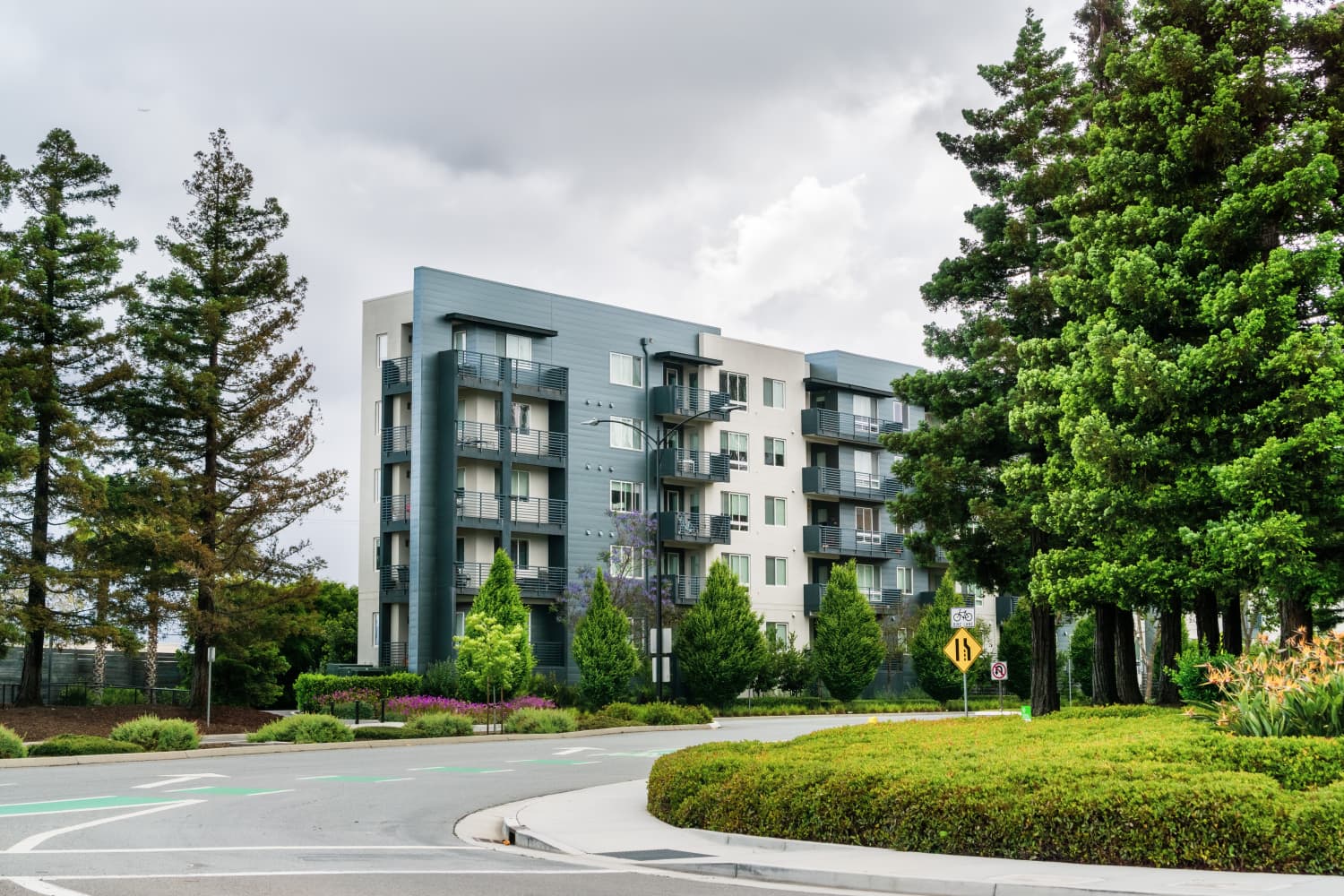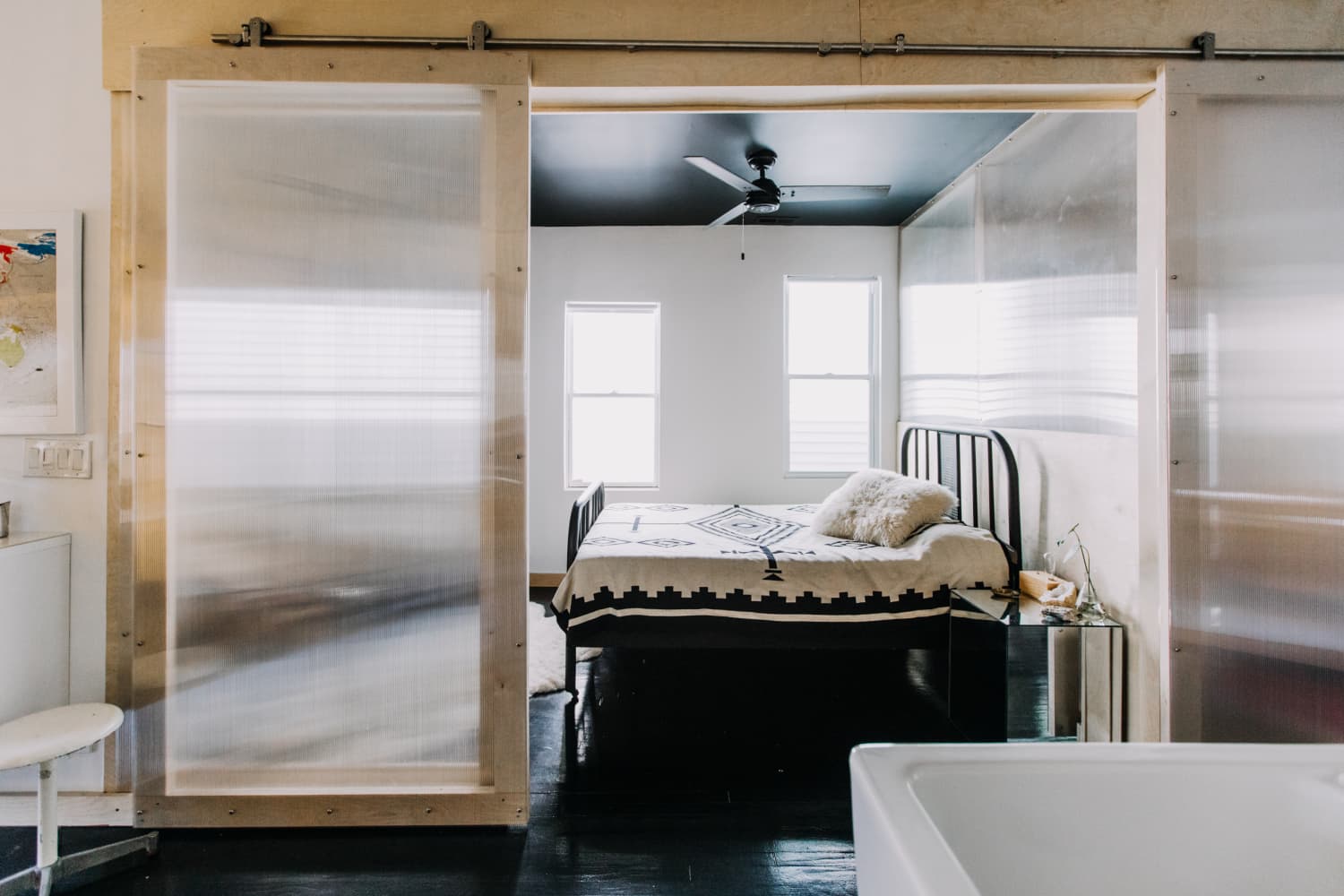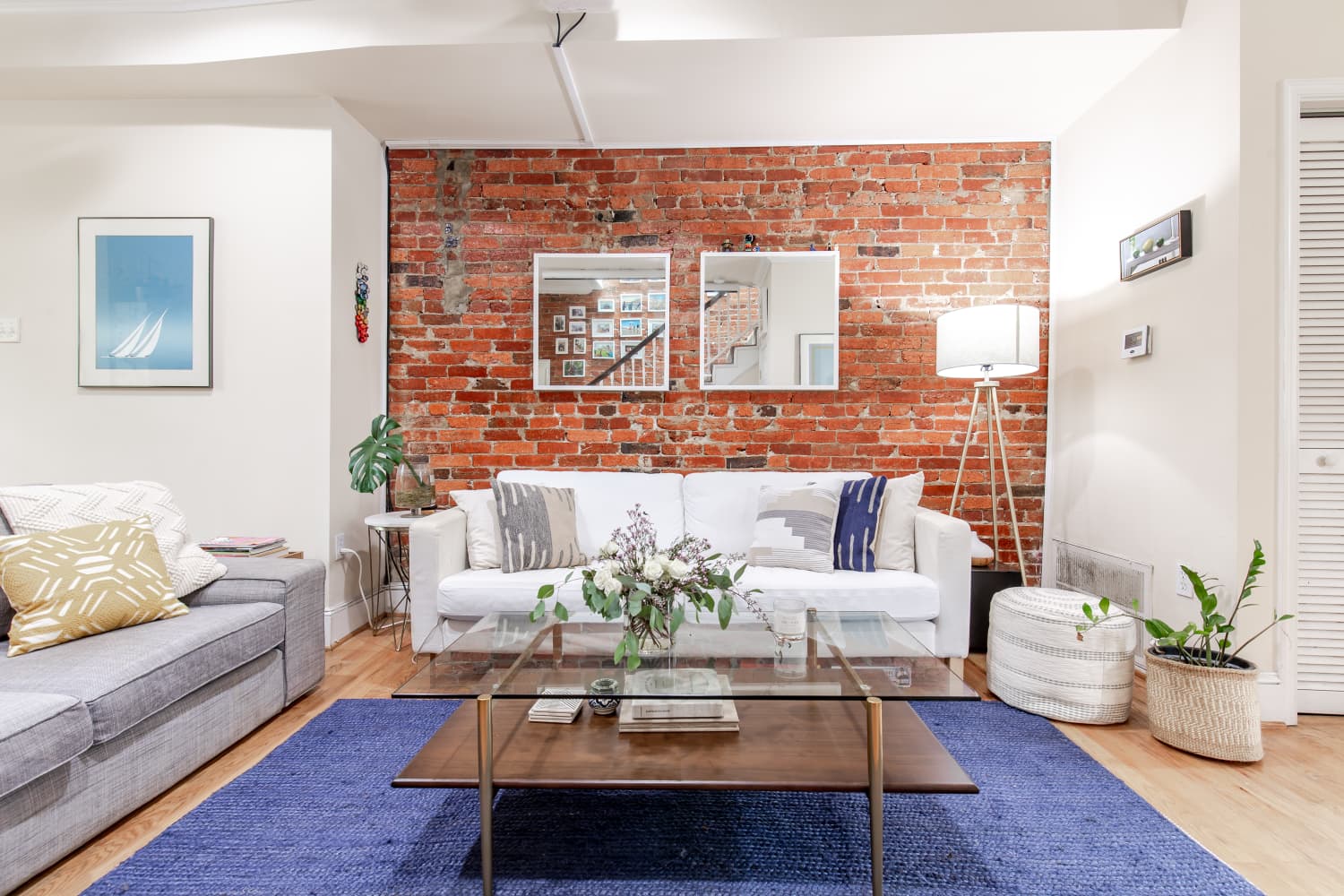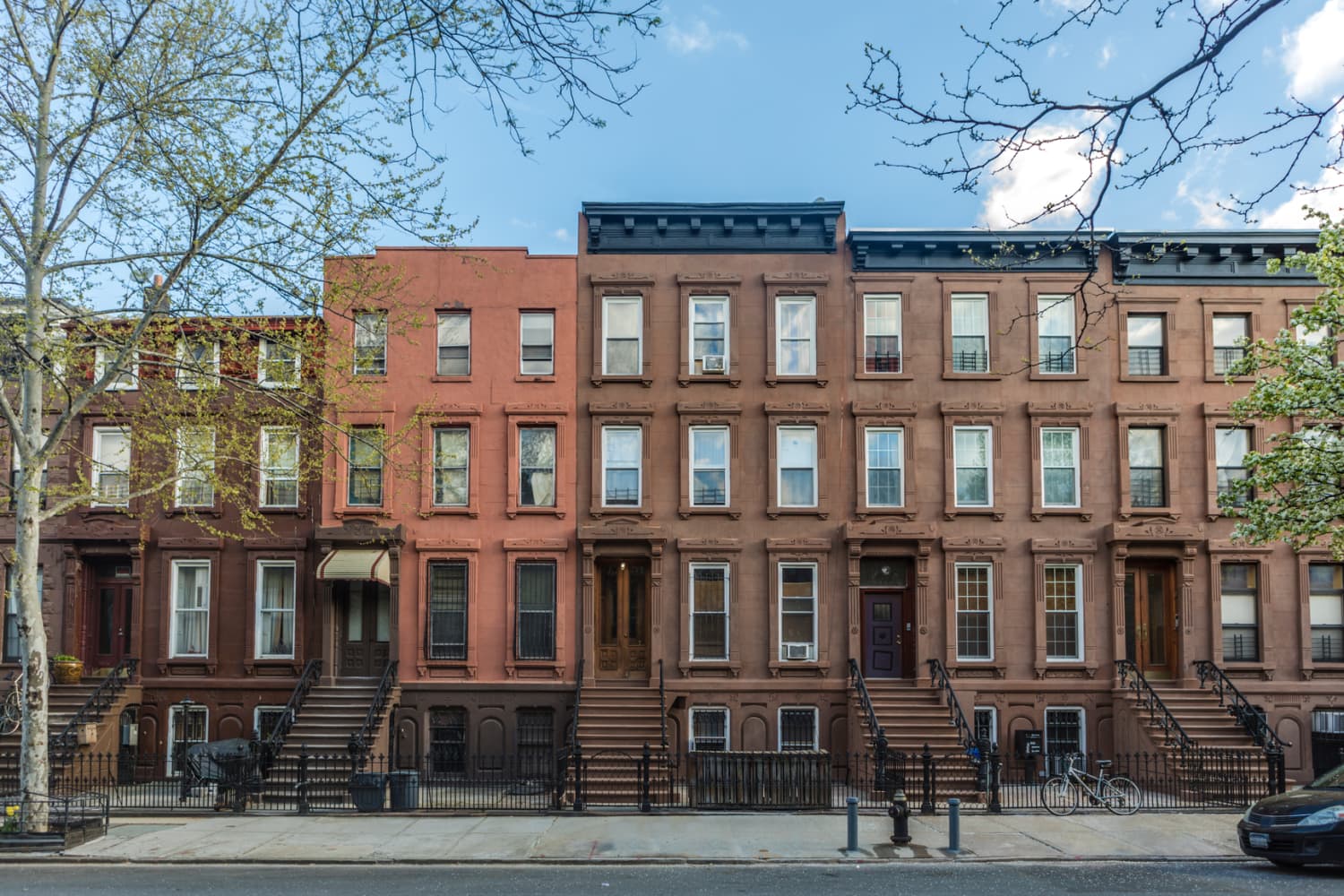Your Rental History Can Now Help You Qualify for a Home Loan
Lauren Wellbank Contributor Lauren Wellbank is a freelance writer with more than a decade of experience in the mortgage industry. Her writing has also appeared on HuffPost, Washington Post, Martha Stewart Living, and more. When she’s not writing she can be found spending time with her growing family in the Lehigh Valley area of Pennsylvania. … Read more










